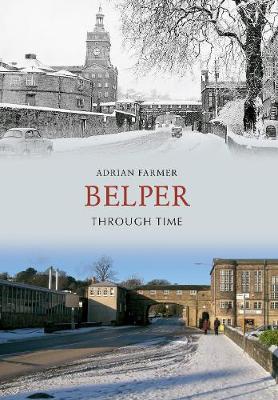Through Time
2 total works
The textile mills in the Derwent Valley had a massive impact on world history. This was the birthplace of the modern factory, where the innovations of industrial pioneers, coupled with access to tireless water power, enabled mass production to occur for the first time. The communities created to support the early mills are remarkable, and much has survived of the early workers’ housing in Cromford, Belper, Milford and Darley Abbey.
Now inscribed on the UNESCO World Heritage List, the Derwent Valley Mills are beginning a new life, with restoration and fresh uses for historic buildings along the valley. In places, views have been lost and buildings demolished or changed, yet this historic valley is as fascinating now as it ever was. Using a selection of old and new images, this book highlights the progress being made and the work that still needs to be done, while celebrating the diversity and heritage of these mills and communities.
Now inscribed on the UNESCO World Heritage List, the Derwent Valley Mills are beginning a new life, with restoration and fresh uses for historic buildings along the valley. In places, views have been lost and buildings demolished or changed, yet this historic valley is as fascinating now as it ever was. Using a selection of old and new images, this book highlights the progress being made and the work that still needs to be done, while celebrating the diversity and heritage of these mills and communities.
From the late eighteenth century, the Industrial Age transformed Belper from a small village of nail-makers to a busy and successful town. Thanks to the Strutt family, the town was the first in the world to have water-powered cotton mills, and the hundreds of people that flocked to work in those mills were provided with homes, chapels, schools and much more. Since Belper was inscribed on to the UNESCO World Heritage List as part of the Derwent Valley Mills Site in 2001, the drive to save, enhance and restore the historic town has never been greater. By comparing views from years past, this book helps to define what has survived, what has been lost, and what we can do to ensure Belper remains the unique historic community it is today.

